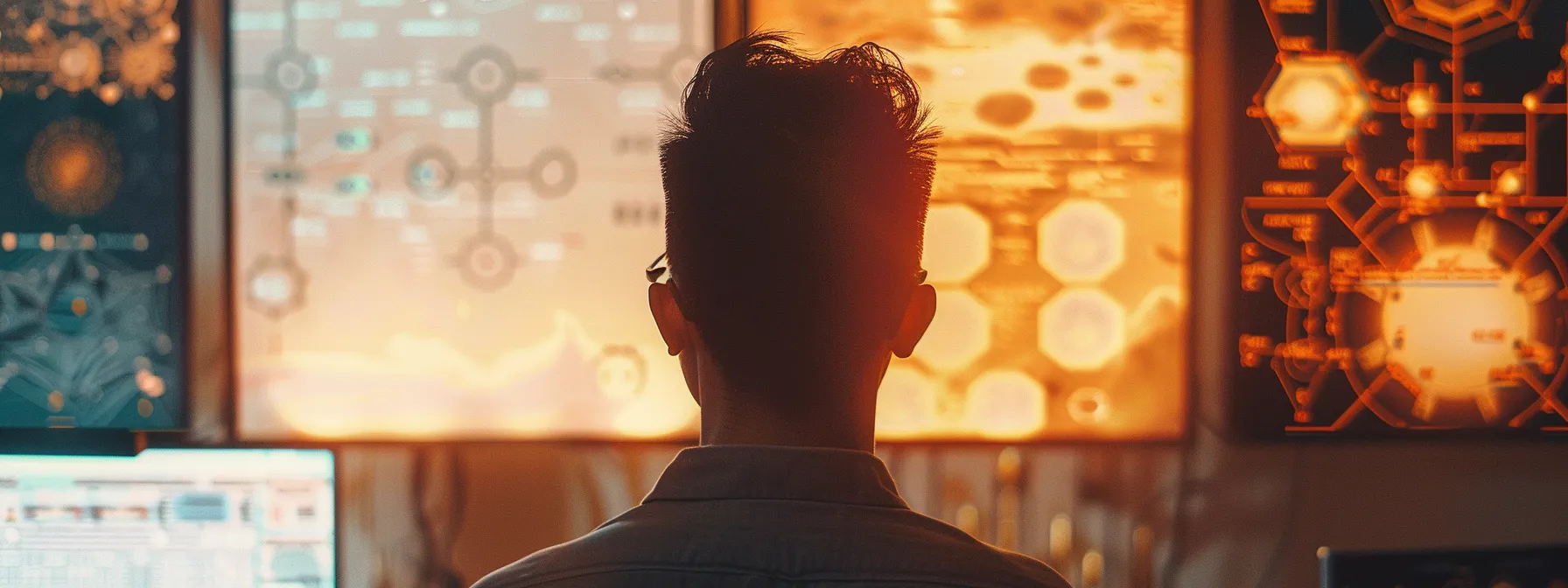
26 Oct Understanding Your Human Design Chart: A Beginner’s Guide
In the quest for self-discovery and personal growth, the Human Design system offers a fascinating tool that combines astrology, the I Ching, Kabbalah, and the chakras. It provides insights into one’s personality, strengths, challenges, and the way one interacts with the world. A Human Design chart, often seen as a personal blueprint, is unique for every individual, reflecting their specific traits and potential paths in life. It can serve as a comprehensive guide to understanding oneself more deeply and making decisions that align with one’s true nature. Below, we delve into the intriguing world of Human Design and offer insights into decoding your chart.
Understanding Your Human Design Chart: The Basics of Personal Blueprint

The Human Design chart, at its core, is a graphical representation that illustrates how you are designed to engage with the world. It involves intricate details, like your ‘Type,’ which is one of the most fundamental aspects of your chart. This Type outlines your role in life and how you best interact with others. It also includes your ‘Profile,’ a combination of numbers that shed light on your persona and how you walk through the world.
Each chart is derived from your birth information—date, time, and place similar to an astrological natal chart. However, it includes additional elements like the Hexagrams from the I Ching, which correlate with the 64 Gates of the body’s energy system in Human Design. This confluence of ancient systems aims to provide a unique insight into your personal dynamics and the energetic influences that affect you.
It may seem daunting at first, but many online resources are available to help—one particularly helpful tool can be found by looking into my human design chart. This can provide a free gateway to unraveling the intricacies of your chart, offering an introductory map to your personal Human Design journey.
The Role of Centers in Human Design: Unpacking Your Unique Energy Distribution
The Centers in Human Design are akin to the chakras in Hindu and Buddhist traditions. There are nine Centers, each symbolizing a specific aspect of your being, such as emotions or communication. They are also where the energies from the Gates and Channels flow. The Centers can be defined (colored in) or undefined (white), offering insights into consistent traits or areas where you are influenced by the world around you.
A defined Center represents a consistent, reliable aspect of your personality, while an undefined Center indicates a place of potential wisdom and also vulnerability due to susceptibility to external influences. For example, someone with an undefined Emotional Center might take on others’ emotions, making it crucial to distinguish between intrinsic feelings and those absorbed from the environment.
The Significance of Channels and Gates: Mapping the Pathways of Your Life Force
Channels and Gates are the conduits through which the energy travels across the Centers in a Human Design chart. Channels are formed by the connection of two Gates and indicate a permanent energy flow between two Centers. By contrast, Gates are the individual energy expressions that correspond to the 64 Hexagrams of the I Ching, each carrying its unique meaning and influence.
The Channels and Gates illuminate the specific energies that are consistently available to you and influence various aspects of your life. For instance, a Channel might fortify one’s ability to lead or to innovate, whereas a Gate could offer nuanced insight into one’s aptitude for empathy or logic. These detailed elements of the chart reveal the complexity of one’s inner workings and life force.
Human Design Authorities: Making Decisions Aligned With Your Inner Truth

Authorities in Human Design represent your decision-making process and how best to tap into your inner wisdom. There are seven types of Authority—Sacral, Emotional, Splenic, Ego/Heart, Self-Projected, Mental, and Lunar, each relating to a specific Center in your chart. This Authority helps you understand through which center you are designed to make the most reliable decisions.
For example, someone with Sacral Authority makes their best decisions by listening to their gut response, while an individual with Emotional Authority should wait for emotional clarity before deciding. This aspect of your Human Design is meant to guide you to decisions that are correct for you, reducing the influence of the mind’s chatter and societal expectations.
Altogether, Human Design offers a rich and complex framework for understanding oneself and finding alignment in life’s journey. It combines various wisdom traditions to provide insights that encourage living authentically and in harmony with one’s unique design. Overall, by exploring your Human Design chart, you can encounter profound insights and strategies for personal development and fulfillment.
————————-
The information on MedicalResearch.com is provided for educational purposes only, and is in no way intended to diagnose, cure, or treat any medical or other condition.
Some links are sponsored. Products, included compounded prescriptions above, are not warranted or endorsed.
Always seek the advice of your physician or other qualified health and ask your doctor any questions you may have regarding a medical condition. In addition to all other limitations and disclaimers in this agreement, service provider and its third party providers disclaim any liability or loss in connection with the content provided on this website.
Last Updated on October 26, 2024 by Marie Benz MD FAAD
